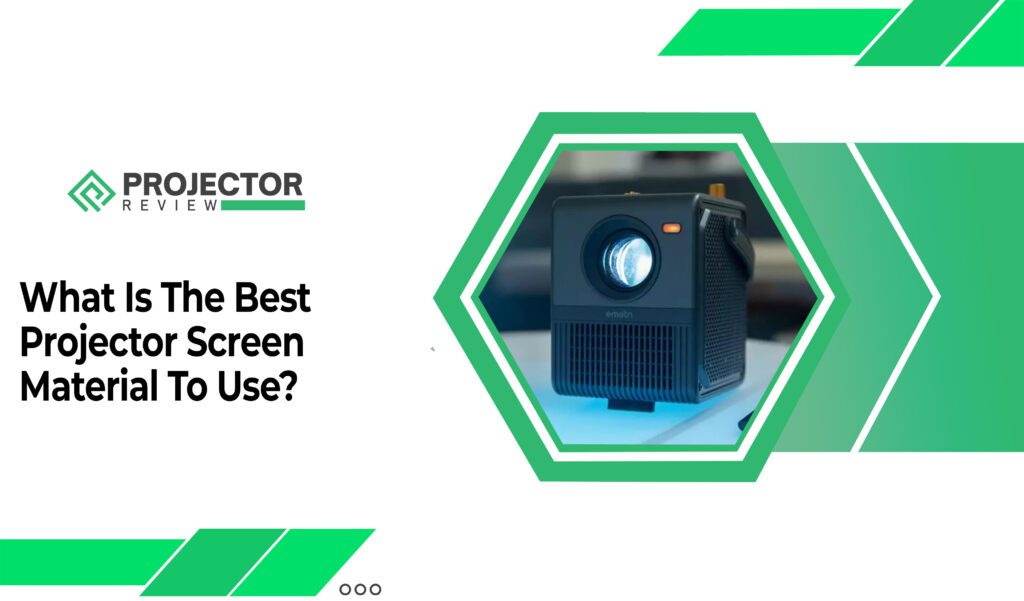An outdoor movie projector is a great way to enjoy your outdoors. However, because these projectors can be expensive, choosing the right projector is essential. How many lumens does an outdoor film projector need? We will tell you in this article.
A lumen is a unit of measure that measures the intensity of light projected from a source. That source could be a lightbulb, for example, but in the case, we’ve covered on this website, it’s all about how powerful your outdoor movie projector can project and how crisp and sharp the image will be.
What is the best lumen for a projector? More precisely, how many lumens does it take to project in daylight or at least when the sun is still shining? The minimum requirement for all outdoor projectors to project correctly during the day is 2500 lux or lumen/
The number of lumens in your outdoor film projector determines how large the screen can project, how sharp and rich in contrast the film is, and whether you can start viewing before it is completely dark outside. If you want to know the best lumens for an outdoor projector, take a look at the article below.
What Is A Good Amount Of Lumens For A Projector?
Projector brightness is measured in lumens. For home theater projectors where ambient light is kept to a minimum, you’ll need a minimum of 1500 lumens. For classrooms, conference rooms, or rooms with windows, a projector with a minimum of 2500 lumens is best.
Minimum Lumens For Outdoor Projectors
It is a question you need to confirm before having a projector for the outdoors which is how many lumens for a projector in daylight.
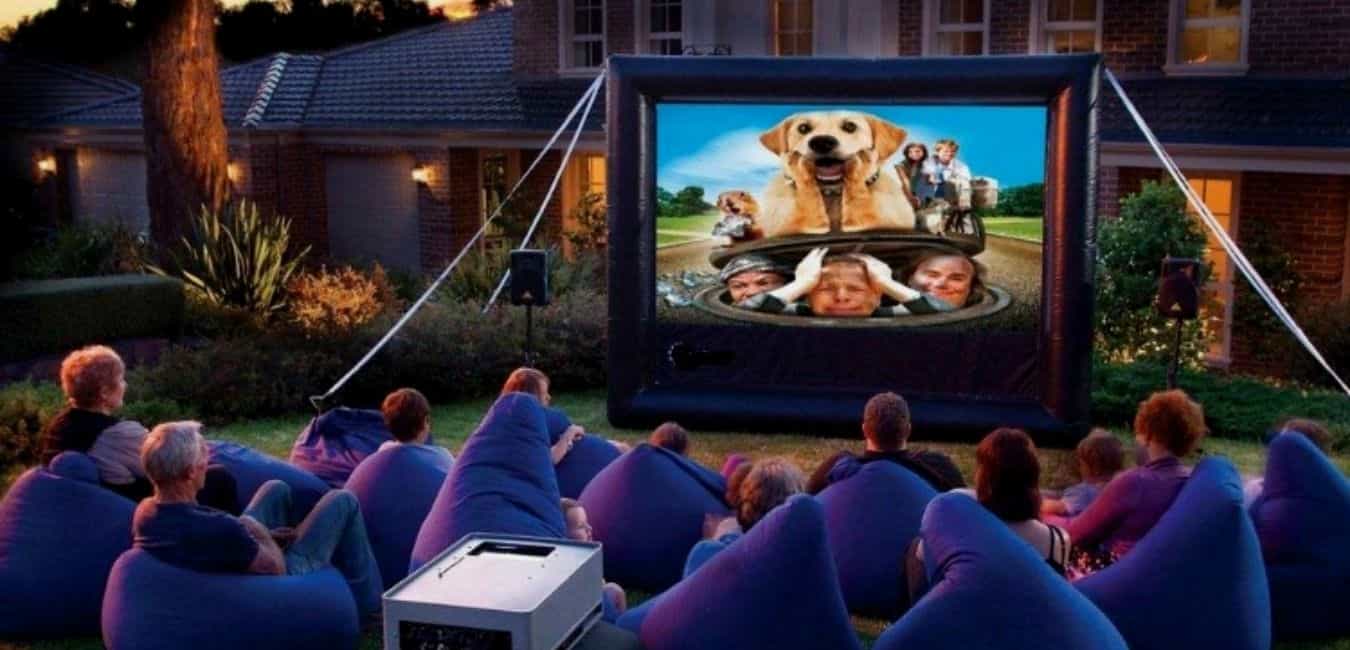

For daytime operation, it is clear that the projection has to compete with the natural light of the sun. If the portable projector lacks the lumen output (for example with a maximum of 300 lumens), its output is easily drowned out by the ambient light and you end up with a barely visible image. However, the same projector can work well at night because natural environments offer very little light.
The minimum requirement for all outdoor projectors to project properly in the daytime is 2,500 lux or lumens. You need that many lumens on your projector lamp brightness specs to successfully make the image appear in daylight without looking too faint or washed out.
How Many Lumens For Outdoor Projectors?
As a general thumb rule, an outdoor film projector with a 3,000-plus lumen rating must project a picture that you can see before sunset. Ideally, you want to buy a model that is bright enough to display sharp, crisp images in normal ambient light.
WHAT IS A LUMEN?
Lumens (given per lm) are, in simple terms, a measure of the total amount of visible light (to the human eye) from a lamp or light source. The higher the lumen value, the “brighter” the lamp appears. Lumens are the measurement of brightness that a projector gives out.
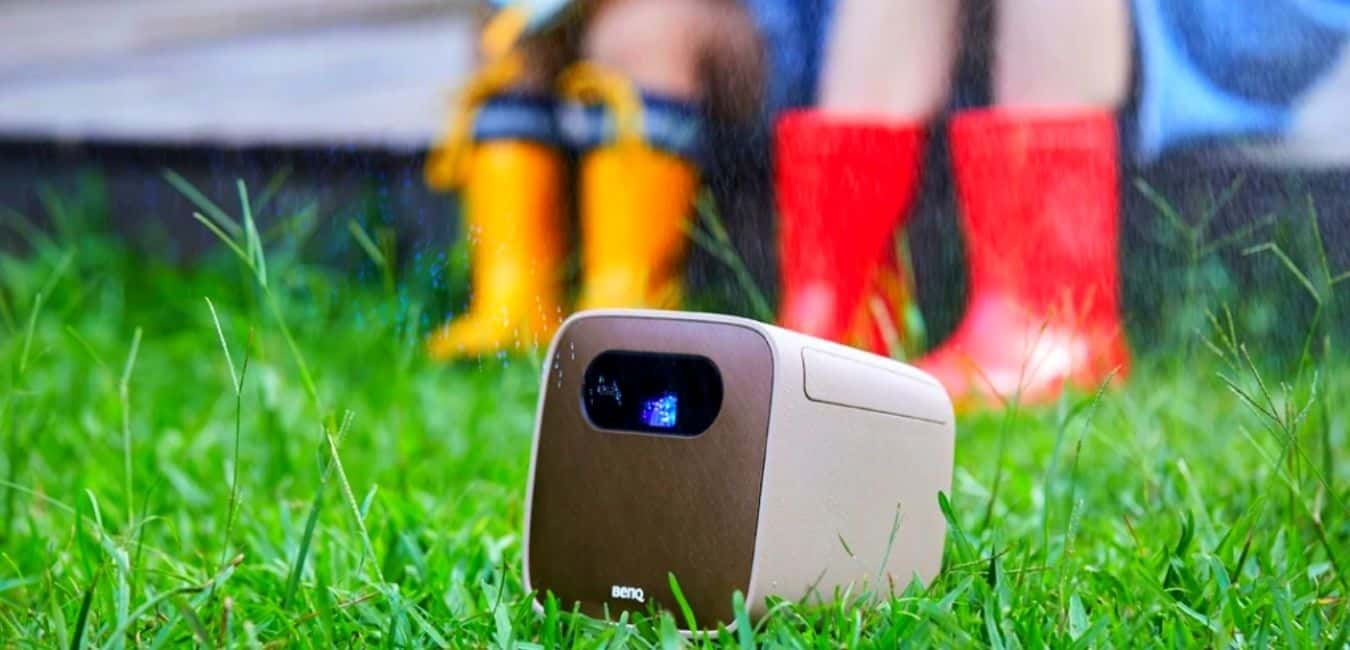

Best lumens for outdoor projector
I’m not sure how many lumens need your movie projector outdoors. This should give you a good idea of what you will need to buy depending on how large your screen is.
- 9×5 foot screen: 1,500 lumens minimum, ideally 2,300 lumens
- 12×7 foot screen: 2,300 lumens minimum, ideally 3,000 lumens
- 16×9 foot screen: 3,000 lumens minimum, ideally 4,500 lumens
- 20×11 foot screen: 4,500 lumens minimum, ideally 7,500 lumens
- 25×14.5 foot screen: 5,000 lumens minimum, ideally 10,000 lumens
- 40×22.5 foot. Screen: 5,500 lumens minimum, ideally 12,000 lumens
There are also a lot of factors that determine how many lumens for outdoor daytime projectors. Here are some things to consider:
Ambient Light
Obviously, you need a very bright projector to enjoy movies outdoors on a bright, sunny day, but keep in mind that your outdoor space can have plenty of ambient light even at night even the moon can produce ambient light levels to rival your projector.
Size
The larger the screen, the more lumens the projector needs to fill the entire area. If you have a large outdoor projector screen, you need a larger, more powerful projector.
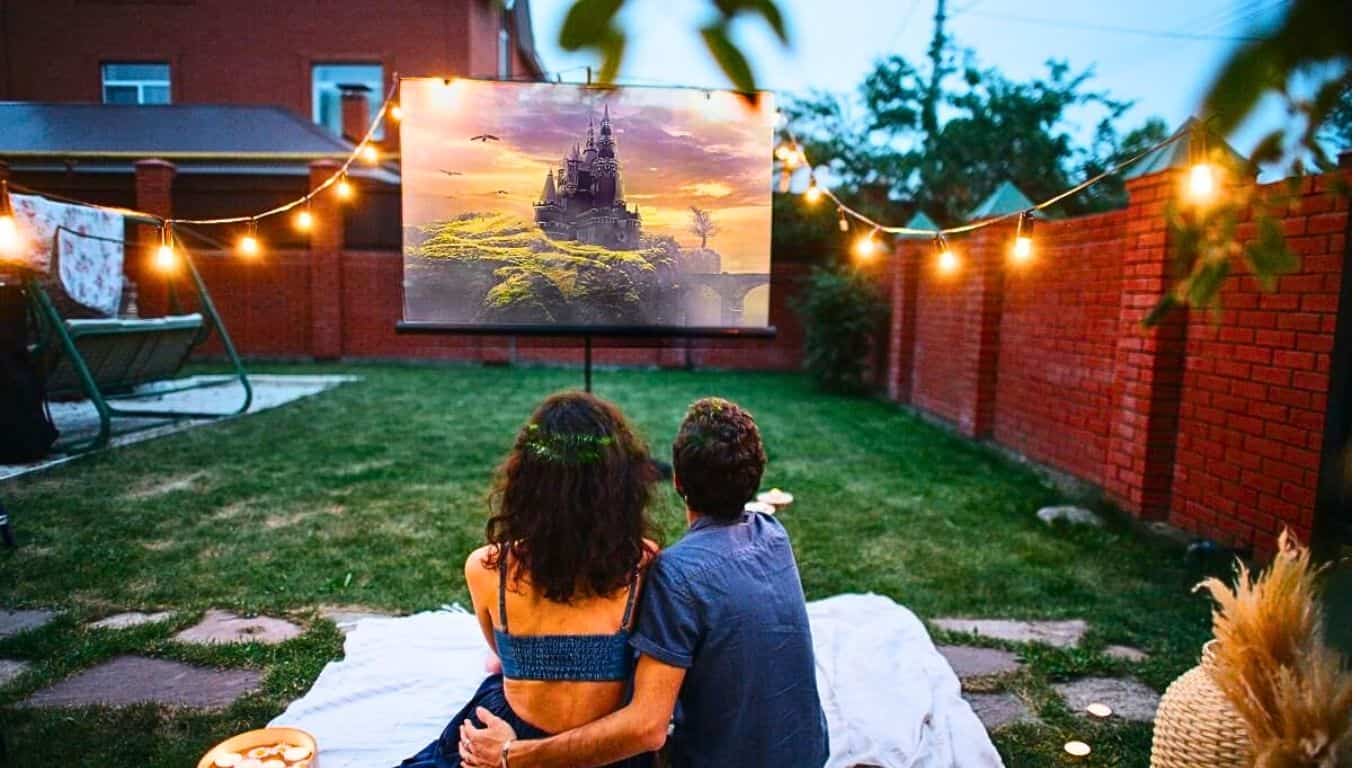

Content And Image Quality
The truth is, in general, you are not using the projector at the highest brightness possible. When you are watching movies or playing games, rotating the projector 100% will blur the image and reduce the contrast and quality. You will often be Content at a brightness level that is much lower than the maximum capacity of the projector.
Screen Gain
Gain is a measure of how much light the screen itself can reflect. A screen with a gain of 1.0 reflects the light evenly in all directions. However, a screen with a higher gain increases the brightness within a defined viewing angle.
If you want to enjoy your movies outdoors, you should choose a higher-gain screen as long as you are seated at a good viewing angle to enjoy it.
Calculating Lumens to See if Your Outdoor Projector is Bright Enough
Lumens for an outdoor projector are easily calculated as follows: A bright, clear image on your outdoor cinema screen is the nirvana of the backyard movie evenings. you can find out;
- Simply looking at it, or.
- finding out how many lumens you need
This is a very rough guide to calculating lumens as there are other factors that go into determining the brightness of your screen.
Here’s my way of calculating how many lumens you will need to light up your screen size when showing movies in ideal conditions.
What are Foot-Lumens?
Also known as foot-lamberts, they are a measurable unit that has become a standard in the motion picture industry to indicate how much light should be reflected off the screen in a 1×1 foot area.


The Society of Motion Picture and Television Engineers (SMPTE) recommends 16-foot Lamberts in a darkened movie theater. As a general rule of thumb, acceptable values are between 12 and 22-foot Lamberts (for projected images).
Well, when it comes to your own backyard movie, lower values may suffice and be fine for what you want to get from an image quality perspective
The Calculation Formula
To calculate foot-lamberts, I’ll assume that the projector you own has the same aspect ratio as the outside screen you are projecting the movie on.
- Foot-lamberts = Lumens / Screen Area (in square feet)
A real-world example might be something like this:
Your screen is 16 feet wide and 9 feet high. To get your screen area you multiply them both together which gives 16 x 9 = 144 square feet.
If you are using an outdoor projector that is 2000 lumens then what you then do is:
- 2,000 (your projector lumens) / 144 (your screen area) = 13.9 foot-lamberts
The last value of 13.9-foot lambs is located inside the recommended range of 12 to 22-foot standing, which means that it looks good.
If you want, you want to calculate the number of lumens, you must reach the ideal brightness of SMPTE for your screen. You simply adjust the example above using the following calculation:
- 144 (sq. ft. of your screen) x 16 (ideal SMPTE foot-lamberts) = 2,304 lumens
Therefore, 2,304 lumens are the ideal value for a 16′ x 9′ screen (in the dark and outdoors).
3,000 lumens vs 4000 lumens (Which Is Better?)
For most home theater projectors, the lumens should be between 2000 and 3000 lumens in moderate ambient light. However, if you find yourself in a room with lots of ambient light, you should look for a projector with at least 4000 lumens.
When you need to turn on ambient lighting or there are bright sources of light in the room, a projector with 3000 lumens or greater will display clear images.
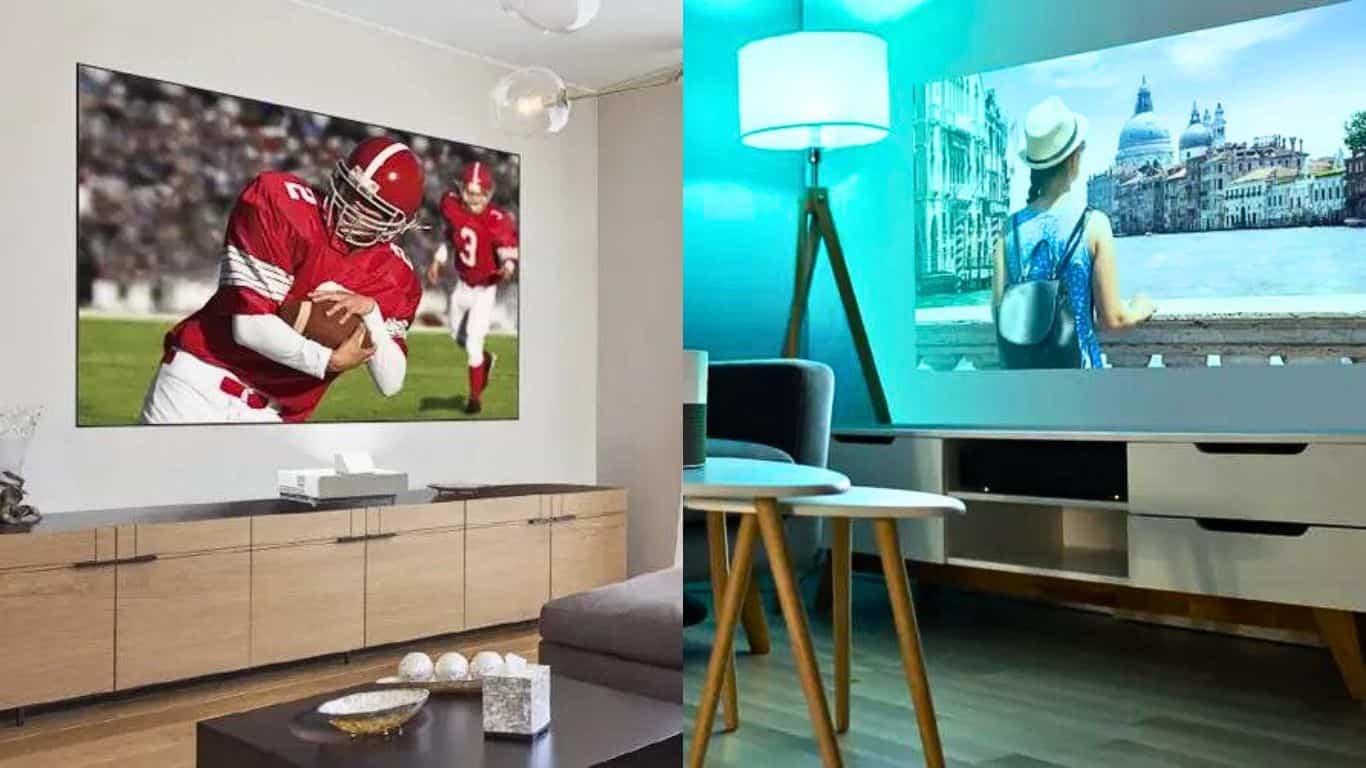

4000 Lumen lamp projectors can offer high reliable brightness for large higher education classrooms and most conference rooms for years with minimal maintenance. And it gets better as there are numerous benefits gained from using Laser light source projection technology.
Why Should You Have A Greater Number Of Lumens?
If the number of lumens doesn’t compare to the size of your screen, your picture will go dark, causing you to hurry up and turn off all the surrounding lights.
Not only is this a waste of time, but the picture still doesn’t look that good. The number of lumens on your screen should be comparable to the size of your screen as the image will be brighter and more transparent.
Also, if you completely obscure the location where you’re showing the movie, there’s a good chance your guests will run into objects as they walk.
It is recommended that you do not completely darken your surroundings, but instead leave a few lights on and buy an outdoor projector that has enough intrinsic brightness so that you don’t have to turn off all of the lights around you.
How Many Lumens For Outdoor Projector – FAQs
Conclusion
If you want to enjoy movies, games, television, and other content outdoors, you need a high-quality projector. To see during the day, brighter is almost always better, but not always necessary.
Depending on the content type, screen size, screen gain, and ambient light conditions, you can also enjoy an outdoor projector with lower lumens. At any rate, outdoor projection is now commonplace and projector manufacturers are now catering to that market as well.
